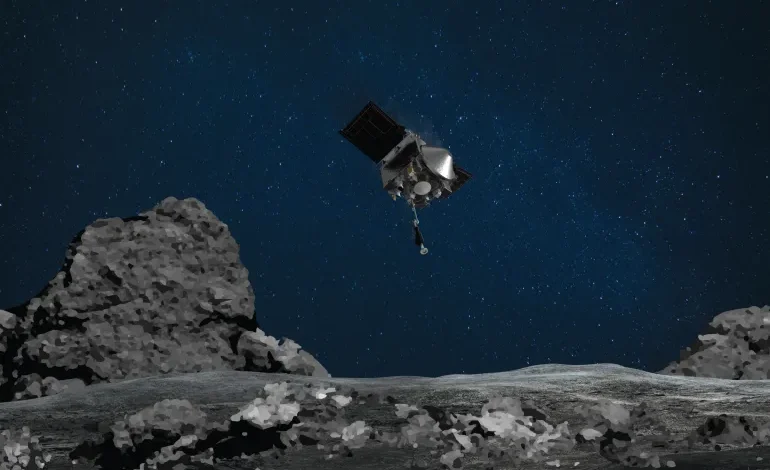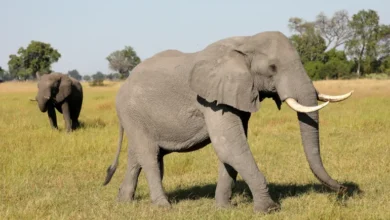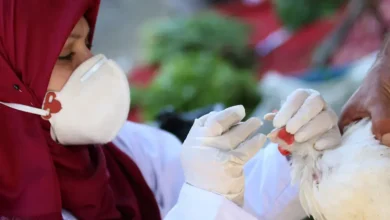NASA capsule carrying largest asteroid samples lands on Earth

A NASA space capsule carrying the largest soil sample ever collected from the surface of an asteroid has landed in the Utah desert seven years after the mission’s launch.
“We have touchdown!” Flight Control announced on Sunday.The gumdrop-shaped capsule, released from the robotic spacecraft OSIRIS-REx as the mothership passed within 108,000km (67,000 miles) of Earth hours earlier, touched down within a designated landing zone west of Salt Lake City on the United States military’s vast Utah Test and Training Range.
The samples will be flown on Monday to a new lab at NASA’s Johnson Space Center in Houston. The building already houses nearly 400kg (842lb) of moon rocks gathered by the Apollo astronauts more than a half-century ago.
Scientists estimated the capsule holds at least a cup of rubble from the carbon-rich asteroid known as Bennu but won’t know for sure until the container is opened.
Japan, the only other country to bring back asteroid samples, gathered about a teaspoon from a pair of asteroid missions.
The mission’s lead scientist, Dante Lauretta of the University of Arizona, will accompany the samples to Texas. The opening of the container in Houston in the next day or two will be “the real moment of truth”, given the uncertainty over the amount inside, he said ahead of the landing.
OSIRIS-REx collected its specimen three years ago from Bennu, a small asteroid discovered in 1999. The space rock is classified as a “near-Earth object” because it passes relatively close to our planet every six years. The odds of an impact are considered remote.
Bennu is believed to be made up of a loose collection of rocks, like a rubble pile. It measures 500 metres (1,600ft) across, making it slightly wider than the Empire State Building is tall but tiny compared with the Chicxulub asteroid, which struck Earth about 66 million years ago, wiping out the dinosaurs.
Primordial relic
Like other asteroids, Bennu is a relic of the early solar system. Because its present-day chemistry and mineralogy are virtually unchanged since forming 4.5 billion years ago, it holds valuable clues to the origins and development of rocky planets such as Earth.It may even contain organic molecules similar to those necessary for the emergence of microbes.
Samples returned three years ago by the Japanese mission Hayabusa2 from Ryugu, another near-Earth asteroid, were found to contain two organic compounds, buttressing the hypothesis that celestial objects such as comets, asteroids and meteorites that bombarded early Earth seeded the young planet with the primordial ingredients for life.
OSIRIS-REx launched in September 2016 and reached Bennu in 2018, then spent nearly two years orbiting the asteroid before venturing close enough to snatch a sample of the loose surface material with its robot arm on October 20, 2020.
The spacecraft departed Bennu in May 2021 for a 1.9-billion-kilometre (1.2-billion-mile) cruise back to Earth, including two orbits around the sun.
Hitting the upper atmosphere at 35 times the speed of sound about 13 minutes prior to landing, the capsule glowed red hot as it plunged earthwards and temperatures inside the vessel were expected to reach 2,800 degrees Celsius (5,000 degrees Fahrenheit).
Parachutes deployed near the very end of its descent, slowing the capsule to about 17 kilometres per hour (11 miles per hour) before it fell gently onto the desert floor of northwestern Utah.
A recovery team of scientists and technicians were standing by to retrieve the capsule and to confirm whether the integrity of the vessel and inner canister bearing the asteroid material were maintained through re-entry and landing. They aimed to keep the sample pristine and free of any terrestrial contamination.









